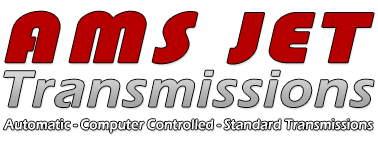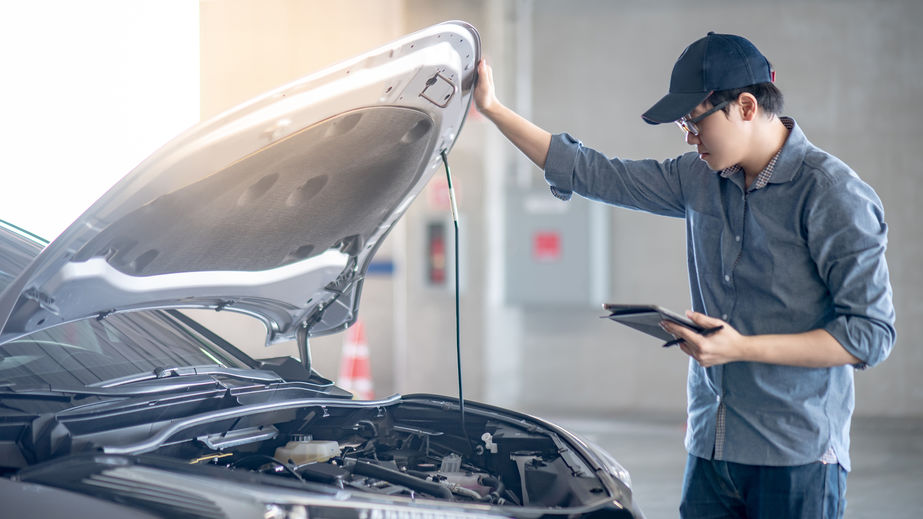Preparing for a road trip can be both exciting and hectic. After all the activity of packing, you must also ensure your car is ready to take on the journey ahead. A pre-trip inspection is essential in ensuring that you have a safe and enjoyable experience while traveling.
It allows you to detect any potential problems with your vehicle before they develop into something more serious down the line.
In this blog post, we’ll explain what a pre-trip inspection entails, why it’s so important, and how to get it done quickly and easily. So buckle up: let’s explore everything there is to know about pre-trip inspections!
What is a Pre-Trip Inspection and why is it important for vehicle safety
Before heading out on the open road, you might take a moment to appreciate the sights and sounds of the journey ahead. But before you start your engine, it’s essential to conduct a pre-trip inspection.
A pre-trip inspection is a thorough check of your vehicle’s safety features and systems, including tires, lights, brakes, steering, and suspension. By taking the time to inspect your vehicle, you can identify any potential problems before they cause an accident, avoid costly repairs, and ensure your safety and the safety of others on the road.
Remember, a few minutes of prevention can help prevent a lifetime of regret.
What to check in the engine before beginning a road trip
Conducting a thorough engine check before your road trip is crucial to ensure smooth and safe travel. Here’s what to look for:
1. Engine Oil: Check the oil level using the dipstick. If the oil level is low, top it up. Moreover, if the oil appears dirty or smells of gasoline, it’s time for an oil change.
2. Coolant: Inspect the coolant reservoir. If the level is below the minimum mark, add a coolant. Remember, never open the coolant cap when the engine is hot; it’s under pressure and can cause burns.
3. Belts: Look for signs of wear and tear on the serpentine belt and timing belt. These belts are crucial for the functioning of the alternator, water pump, power steering, and air conditioner. If they’re worn out or cracked, they should be replaced.
4. Hoses: Check the radiator and heater hoses for leaks, cracks, or soft spots. Replace them if needed.
5. Battery: Check the battery terminals for corrosion. If there’s a white, powdery substance, remove it with a brush and baking soda solution. Also, ensure the battery holds a charge well.
6. Air Filter: A clean air filter is essential for optimal engine performance and fuel efficiency. If it’s clogged or dirty, replace it.
7. Spark Plugs: Spark plugs are vital for the engine’s ignition system. If they’re old or dirty, replacing them can enhance the vehicle’s performance and fuel economy.
Remember, this list is only a guide. Depending on your vehicle, there might be other engine components you should inspect. Consult your vehicle’s manual or seek professional advice if you’re unsure.
Best Practices for Checking Tires, Brakes, Lights, Transmission, and Windshield Wipers
Before you hit the road, ensure that your vehicle is in top condition by conducting a thorough inspection of critical components. Here are the best practices for checking your tires, brakes, lights, transmission, and windshield wipers:
1. Tires: Check each tire’s pressure with a tire pressure gauge and inflate them to the recommended PSI if needed. Don’t forget to inspect the tire tread wear; a tire tread depth gauge can be useful here. If the tread is worn down to 2/32 of an inch, it’s time to replace your tires. Look for any visible damage like cuts, punctures, or bulges.
2. Brakes: Listen for squeaks, squeals, or grinds when applying the brakes. These sounds can indicate worn brake pads or rotors which need to be replaced. If the vehicle pulls to one side when braking, it could point to a brake hydraulic system issue.
3. Lights: Check all lights, including headlights, tail lights, brake lights, and turn signals. Ensure they illuminate brightly and that the lenses are clean and intact. Replace any burned-out bulbs.
4. Transmission: Check the transmission fluid level with the engine idling and the transmission in the park. The fluid should be a bright, clear red and should not have a burnt smell. If the fluid is low, dark, or smells burnt, it may be time for a fluid change or transmission service.
5. Windshield Wipers: Examine the wiper blades for any signs of wear or cracks. If they’re leaving streaks on your windshield, it’s time for a replacement. Also, test the wiper fluid sprayer to ensure it’s functioning properly.
Remember, while a pre-trip inspection can identify many potential issues, regular vehicle maintenance and inspections by a professional mechanic are essential to keeping your vehicle safe and reliable.
Key pieces of information to record during the inspection
Maintaining a record of your pre-trip inspections is a good practice, as it allows you to track any changes or problems over time. Here are some key pieces of information to note during your inspection:
1. Dates of Inspections: Always record the date of the inspection. It helps you keep track of when your last inspection was and when your next one may be due.
2. Mileage: Note down the vehicle’s mileage at the time of inspection. It can help determine when certain maintenance tasks, like oil changes or tire rotations, should be done.
3. Observations: Document any abnormalities found during the inspection. It could include fluid levels, tire wear, or strange noises.
4. Actions Taken: If you need to take any action, such as adding oil or replacing a light bulb, record this. Include the date, so you have a record of when these were last done.
5. Future Needs: If you notice something that may need attention in the future, such as tires that will soon need to be replaced, make a note of this. It will come in handy during your next inspection or trip planning.
Using a systematic approach to record keeping will ensure that you don’t miss anything important and can help prevent minor issues from becoming major problems.
About Jet Auto Transmission-
If you are looking for a local auto repair shop in Davie, Florida, to repair your transmission, bring your vehicle to Jet Auto Transmission for effective, affordable repairs that last a long time.
Our mechanics have decades of experience handling transmission repairs and replacements. Our entire staff is ASE certified, and we have been serving the residents of West Park, Florida, since 1987. For more information regarding our local auto repair in Davie, FL, call us at (954) 251-1204 for a complimentary estimate or any queries related to car transmission problems.

